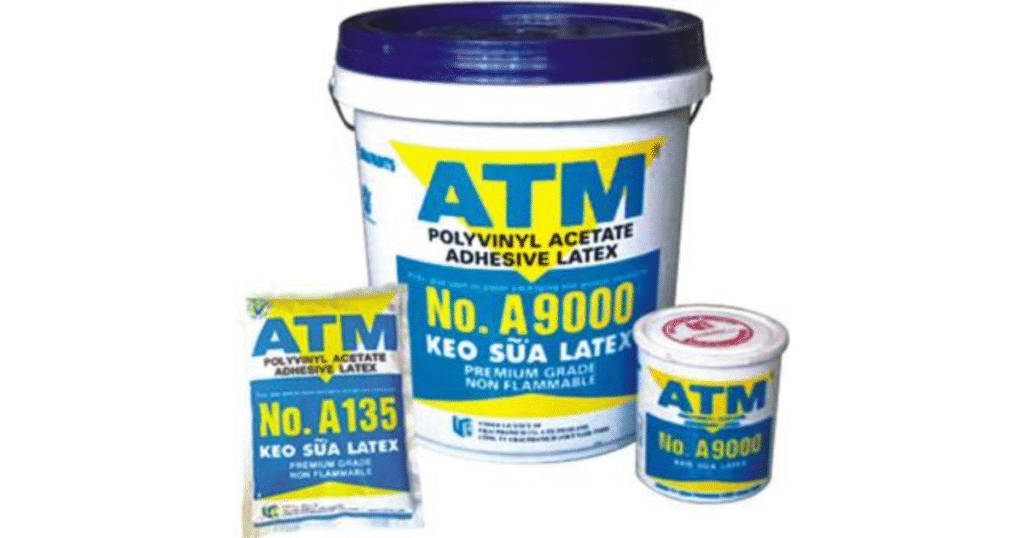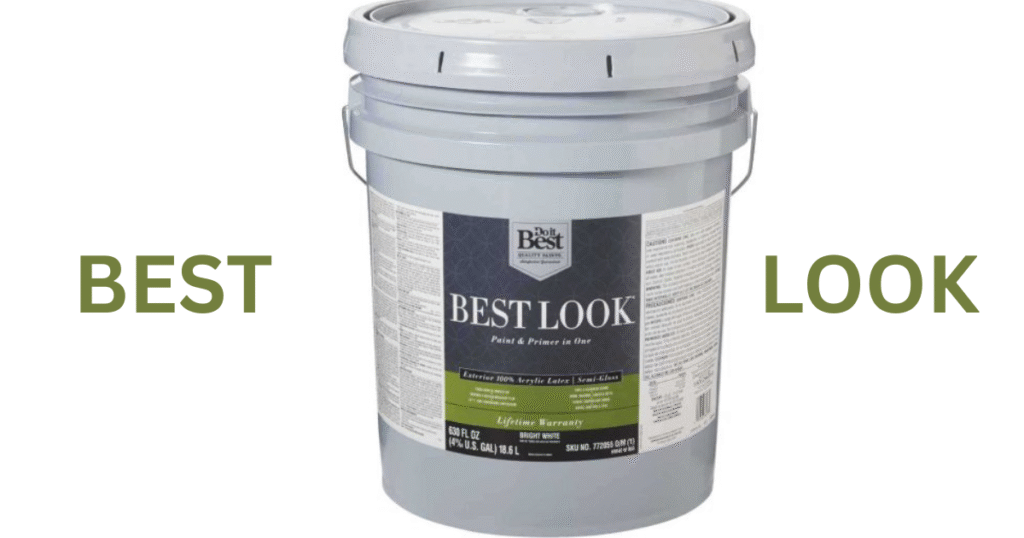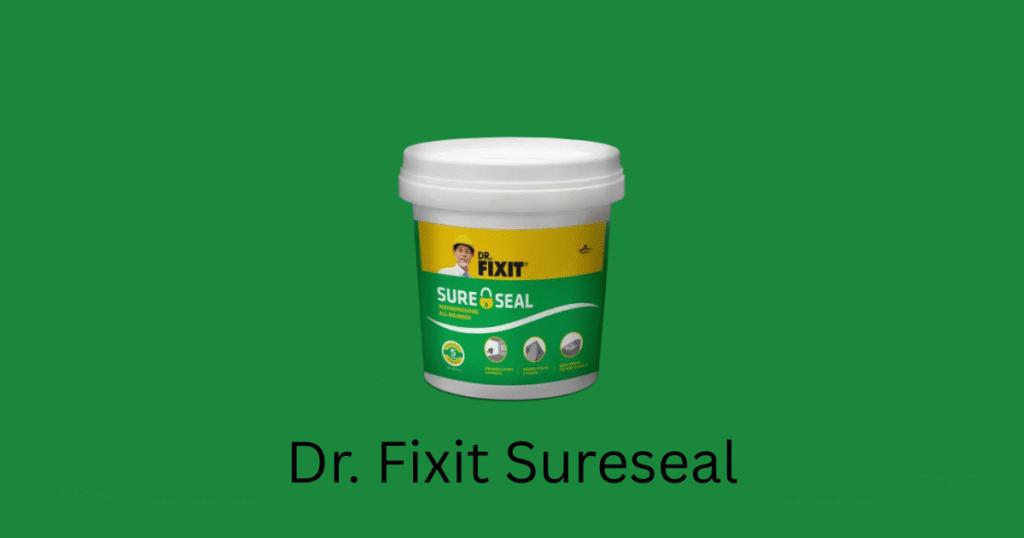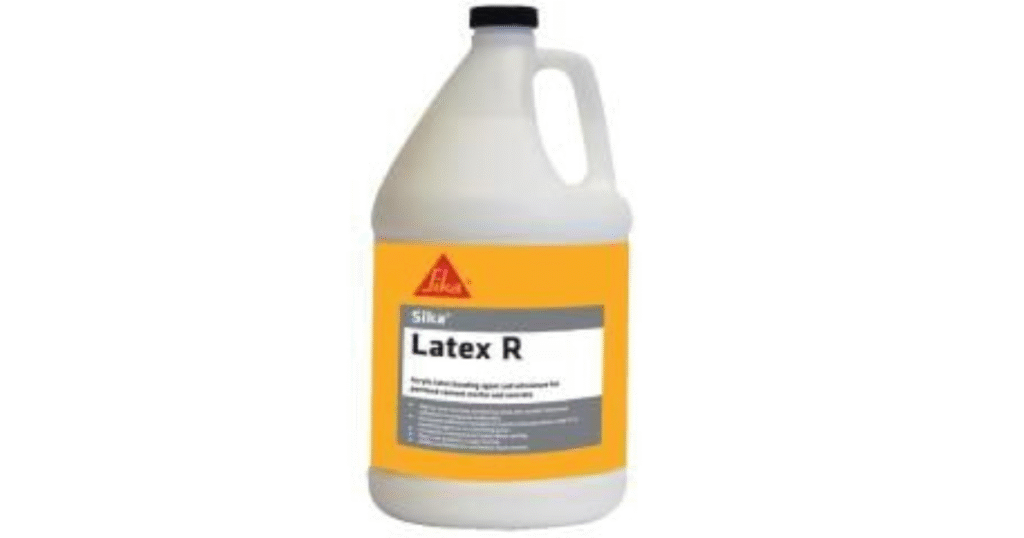Introduction
Concrete is one of the most widely used construction materials in the world due to its strength, durability, and versatility. However, when it comes to repairing old concrete or joining new concrete to an existing surface, one major challenge arises — achieving a strong and lasting bond between the old and new layers. This is where concrete bonding agents come into play.
In this article, we will explain what a concrete bonding agent is, explore its main types, and discuss the wide range of uses it has in modern construction projects.
What is a Concrete Bonding Agent?
A concrete bonding agent is a material used to create a strong adhesive bond between old and new concrete surfaces. It helps prevent delamination, cracking, and failure at the joint, ensuring that the new layer adheres properly to the existing substrate. These agents are especially important when patching concrete, resurfacing floors, or extending structures.
Without a bonding agent, the new concrete layer may not stick well to the old surface due to dust, moisture loss, and differences in shrinkage. Concrete bonding agents are designed to overcome these issues by acting as a bridge that enhances the interfacial bond strength.
To dive deeper into the topic, you can check out this in-depth explanation of concrete bonding agents, their types, and uses.
Why Use Concrete Bonding Agents?
Here are some key reasons why concrete bonding agents are crucial in construction and repair:
- Improved Adhesion: They ensure proper bonding between old and new concrete surfaces.
- Prevention of Cracking: They reduce the risk of shrinkage and differential movement, which can cause cracks.
- Increased Durability: Bonding agents extend the life of concrete structures by enhancing strength at joints.
- Cost-Effectiveness: They reduce the need for full replacements by enabling partial repairs.
Types of Concrete Bonding Agents
Concrete bonding agents come in various types, each with unique properties and best-use scenarios. Below are the most commonly used categories:
1. Polyvinyl Acetate (PVA) Based Bonding Agents

Polyvinyl Acetate is a water-based polymer used for bonding lightweight concrete applications. It is suitable for interior surfaces where there is minimal moisture exposure.
- Pros:
- Easy to apply
- Low cost
- Fast drying
- Cons:
- Not water-resistant
- Limited strength in structural applications
- Best Uses: Patching interior walls, bonding plaster to concrete, and minor non-structural repairs.
2. Acrylic-Based Bonding Agents

Acrylic bonding agents offer improved water resistance and UV stability compared to PVA. They are also highly compatible with Portland cement mixtures.
- Pros:
- Excellent durability
- UV and water-resistant
- Can be used both indoors and outdoors
- Cons:
- Slightly more expensive than PVA
- Best Uses: Repairing driveways, patios, and exterior concrete surfaces.
3. Epoxy-Based Bonding Agents

Epoxy bonding agents are two-component systems known for their high strength and chemical resistance. They are often used in structural repairs and industrial applications.
- Pros:
- Superior bonding strength
- High chemical and abrasion resistance
- Effective in wet or dry conditions
- Cons:
- Requires careful surface preparation
- More expensive and time-consuming to apply
- Best Uses: Structural repairs, bonding precast elements, bridge overlays, and heavy-duty floors.
4. Latex-Based Bonding Agents

Latex bonding agents are made from synthetic polymers and offer good flexibility and adhesion. They are commonly used in modified concrete and mortar mixes.
- Pros:
- Improved flexibility and crack resistance
- Can be mixed directly into concrete or mortar
- Cons:
- Limited structural strength
- Susceptible to UV degradation unless protected
- Best Uses: Toppings, overlays, screeds, and flooring underlays.
How to Apply Concrete Bonding Agents
Proper application of bonding agents is critical to their performance. Here’s a general step-by-step guide:
- Surface Preparation: Clean the old concrete surface to remove dust, oil, grease, and loose particles. A rough surface profile (via grinding or sandblasting) enhances bonding.
- Choose the Right Agent: Select a bonding agent suitable for the project’s location (interior/exterior), load requirements, and moisture conditions.
- Apply Bonding Agent: Depending on the product type, apply it with a brush, roller, or spray. Follow the manufacturer’s instructions on drying or curing times.
- Place New Concrete: Apply the new concrete or mortar while the bonding agent is still tacky or within the open time recommended by the supplier.
- Curing: Allow the structure to cure properly, protecting it from water, wind, and temperature extremes.
Common Applications of Concrete Bonding Agents
Concrete bonding agents are used across various sectors and types of projects. Here are some common applications:
- Concrete Repairs: Filling cracks, potholes, and spalling in pavements and slabs.
- Overlay and Resurfacing: Bonding a new decorative or functional layer to old concrete.
- Structural Rehabilitation: Strengthening beams, columns, and bridge decks.
- Floor Toppings: Installing epoxy, latex, or acrylic-modified overlays in commercial or industrial settings.
- Plastering: Enhancing adhesion between concrete and plaster or stucco.
Tips for Best Results
To get the best performance from your concrete bonding agent:
- Avoid applying in extreme weather conditions (very hot, cold, or wet).
- Always use the product as per manufacturer specifications.
- Don’t let the bonding agent dry out before placing new concrete (unless specified).
- Ensure both surfaces are compatible with the chosen bonding agent.
- Conduct a patch test for large-scale applications.
Conclusion
Concrete bonding agents are vital tools in modern construction and repair, enabling strong adhesion between old and new concrete layers. Whether you’re patching a small wall or resurfacing a driveway, using the right bonding agent ensures durability, strength, and cost-efficiency.
By understanding the different types—such as PVA, acrylic, epoxy, and latex—and their specific uses, you can make informed decisions that enhance your project’s success.
For a more comprehensive breakdown of concrete bonding agents and their technical properties, we recommend visiting this detailed guide on EngineeringCivil.com.


vz5yzq
zlzl45
WONDERFUL Post.thanks for share..more wait .. …
I have not checked in here for some time as I thought it was getting boring, but the last few posts are great quality so I guess I’ll add you back to my daily bloglist. You deserve it my friend 🙂
whoah this blog is fantastic i love reading your articles. Keep up the good work! You know, a lot of people are looking around for this information, you can aid them greatly.
you’re in point of fact a excellent webmaster. The website loading pace is incredible. It kind of feels that you’re doing any unique trick. Moreover, The contents are masterwork. you’ve done a magnificent process in this topic!
99fn5u
Hello there! This is kind of off topic but I need some help from an established blog. Is it tough to set up your own blog? I’m not very techincal but I can figure things out pretty quick. I’m thinking about creating my own but I’m not sure where to begin. Do you have any tips or suggestions? Thank you
Great post. I am facing a couple of these problems.
of course like your website but you have to check the spelling on quite a few of your posts. Several of them are rife with spelling issues and I find it very bothersome to tell the truth nevertheless I’ll certainly come back again.
certainly like your web-site but you need to check the spelling on several of your posts. A number of them are rife with spelling problems and I in finding it very bothersome to inform the truth however I will surely come back again.
Great work! This is the type of information that are meant to be shared around the web. Shame on Google for not positioning this put up upper! Come on over and talk over with my website . Thank you =)
Hello, i think that i saw you visited my site thus i came to “go back the choose”.I am attempting to to find issues to improve my site!I suppose its adequate to use some of your ideas!!